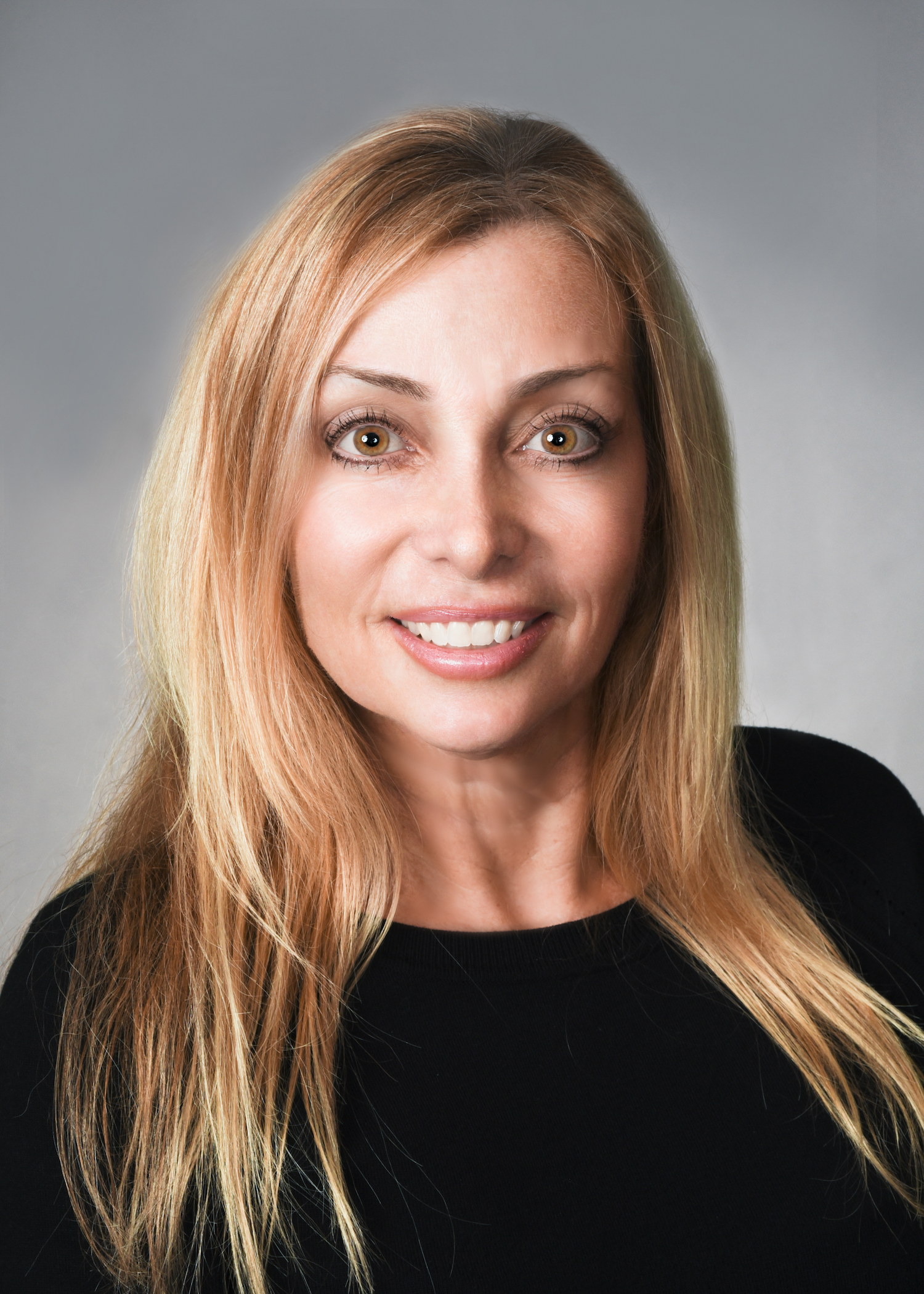On the Bright Side: Assistant Professor Shares Impact of Serving on COVID-19 Front Lines
May 08, 2020 Veronica “Ronnie” Quattrini, DNP, MS ’99, BSN ’85, FNP-BC
Veronica “Ronnie” Quattrini, DNP, MS ’99, BSN ’85, FNP-BC, has continued to teach and is working in the Emergency Department at the University of Maryland Medical Center.
The impact that COVID-19 has had on my practice in the Emergency Department (ED) at the University of Maryland Medical Center over the past seven weeks has had many facets.
The ED is a clinical arena that typically draws professionals who thrive on “organized chaos.” What once was a team-based approach to patient care and an area of comaraderie has become an environment representative of a sci-fi movie nightmare. The geography of the ED started changing early on, initially with the waiting room conversion separating patients based upon their complaints, security and registration staff wearing masks, and the merging of the adult and pediatric areas.
What I feel has been the most impactful to our patients out of all these changes is the “no visitor” policy. The ED is often a stressful environment for patients. In a COVID-19 environment, patients coming to the ED are now greeted by a team of mask-wearing security guards. They must follow a maze in the waiting room based upon symptomatology, they have serious concerns over exposure, and they are alone with no family support.
An environment that once was full of positive attitudes, with a quest for excellence in patient care, has become what feels like a war zone. This includes social distancing of ED staff, donning and doffing of personal protective equipment with every patient encounter, and no excitement from our medical and nursing students learning in this environment. Given our academic environment, we have a passion and a duty to teach and train our next generation of health care providers. This also has come to screeching halt with our mission to minimize exposure in the clinical area.
All of these necessary changes have created my quest to attempt to minimize and mitigate this environment of anxiety for our patients. Our primary focus as a team has always been on patient safety as well as an atmosphere where the ED staff enjoy working as a team. This was often noticed by the patients, as they have verbalized how it has impacted their care. Due to our current work environment of social distancing from our colleagues and the inability to huddle, we appear to be working in silos.
What cannot be forgotten in this equation of increased stress and anxiety among our team and our patients is the social isolation that we have all endured. The fact that I have not gotten within 6 feet of any of my family members in seven weeks is beyond comprehension. I have not seen one of my daughters since January due to travel restrictions. When questioned about my professional choices, I continue to remind them and myself that this is what I signed up for and it will eventually pass. The front line is not an easy place to be during this time of crisis. When I think about how frightened most patients are to be in the ED, especially now, my job is not only to provide them optimal care but also, at the onset of the encounter, to ease their anxiety and make them comfortable.
I chose the path of nursing many years ago because I felt like I could make a difference. As a nurse, we view the patient as a whole with a focus on prevention. When we are cursed by a virus that we had no previous knowledge of or experience with, and we are learning as we go, it is a very challenging environment of unknowns, and stress is the result.
Regardless of a much higher acuity of patients and the associated stress, my priority has been to continue my positive attitude. I believe that my patients’ perception of me is one area that I can control. Now when I enter a room looking like a monster, fully donned wearing a respirator and face shield, my initial responsibility is to make my patient comfortable. If that requires a hug or listening about their anxiety for 15 minutes, that is my priority.
There are so many emotions associated with my current world that it is difficult to articulate them, especially since I have been working 60-70 hours a week since the onset of the pandemic. As a full-time faculty member teaching advanced practice nurses in a face-to-face program, I have had to re-create all student lectures, assignments, and formative/summative experiences to virtual.
I also have had to spend endless hours calming students who have tremendous anxiety over their academics, lack of learning opportunities in the clinical areas, as well as their current jobs as RNs, with many of them on the front lines who are also concerned over their own health. These are our future health care providers who require tremendous time and direction. I also have a commitment to my colleagues in the clinical setting and academia.
Times of crisis require all hands on deck with the expectation of giving 110 percent. The is evident of my life over the past seven weeks, but this is non-negotiable in clinical settings and academia associated with health care. As a team, with our priorities aligned properly, we will get through this together!